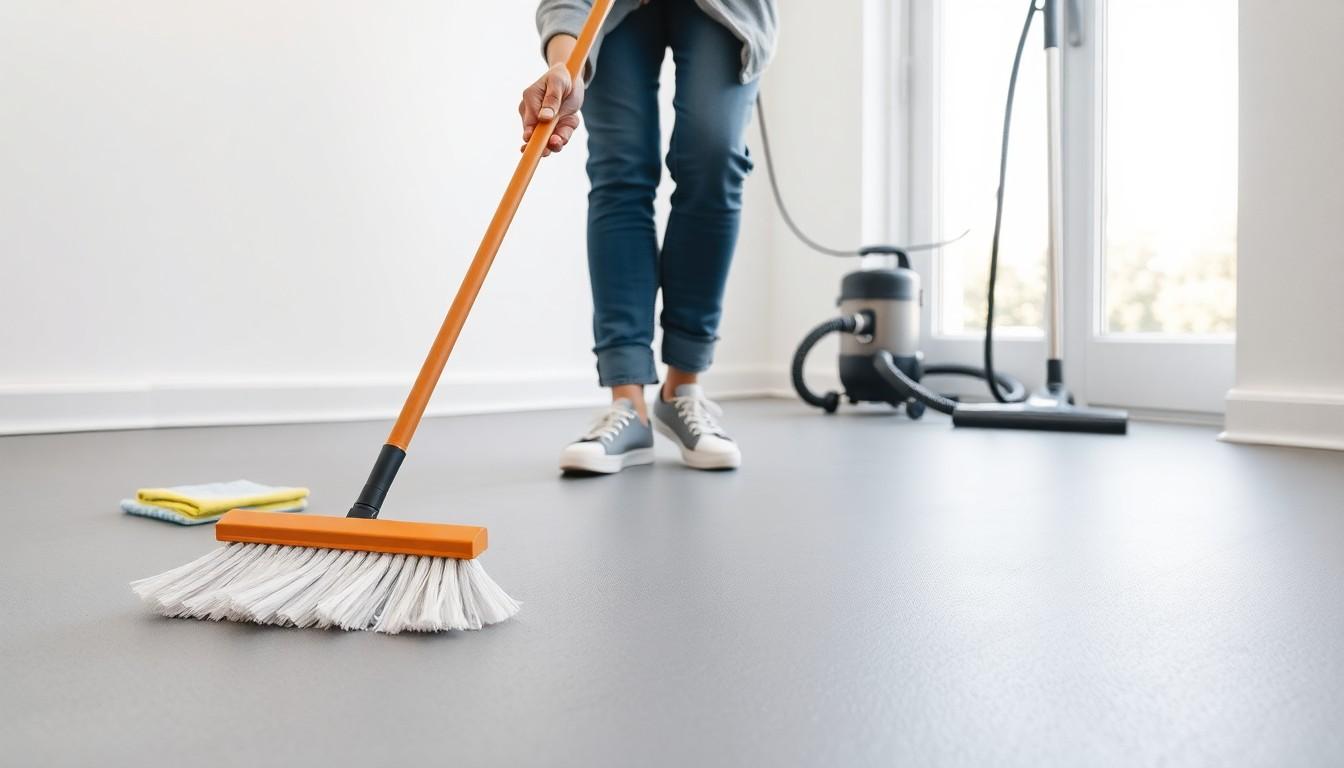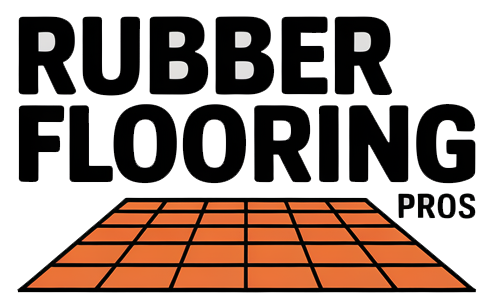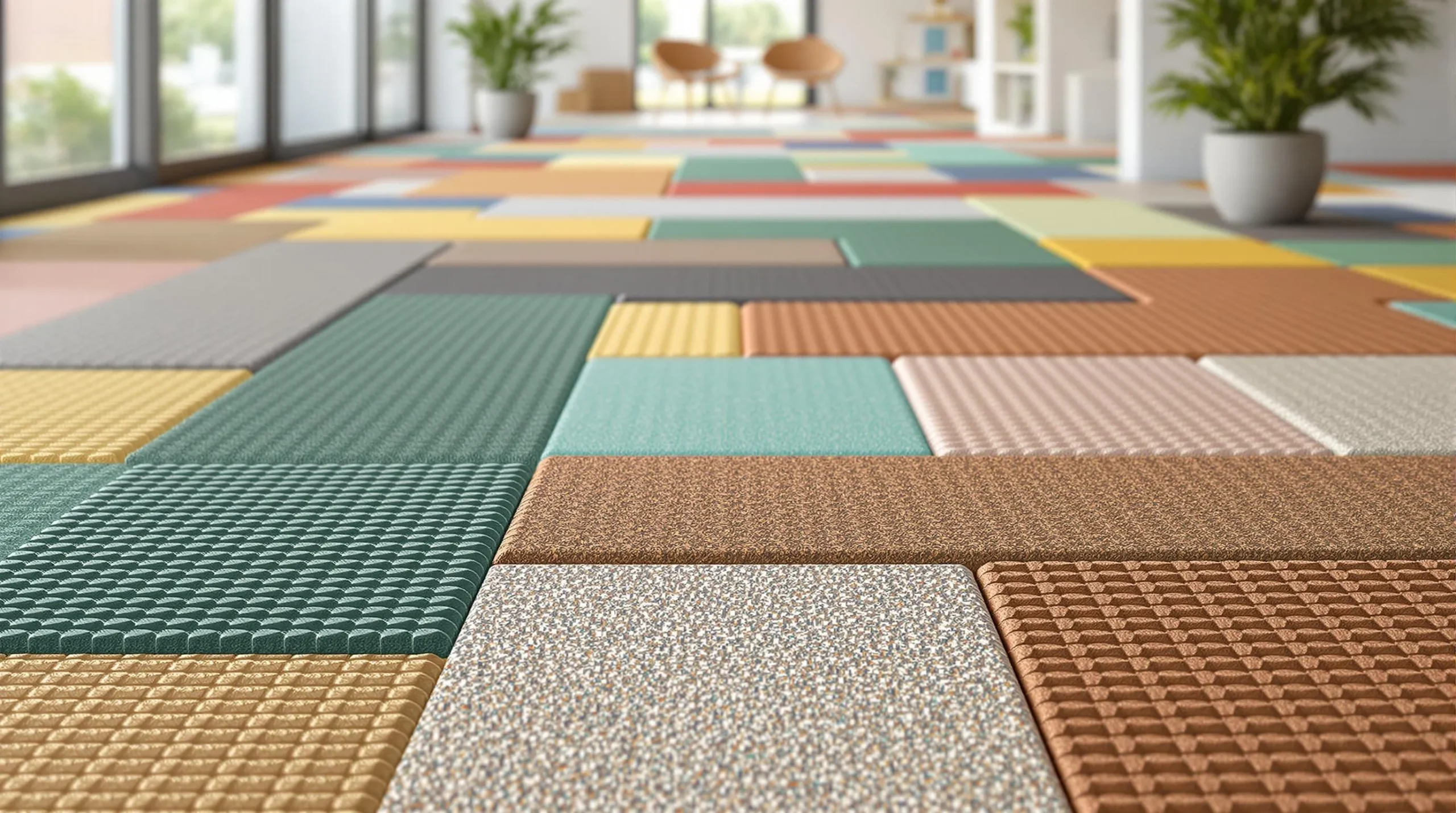Rubber flooring offers exceptional durability and comfort but keeping it pristine requires the right cleaning approach. Whether it’s in your home gym exercise area or children’s playroom maintaining your rubber floors doesn’t need to be complicated or time-consuming.
You’ll be pleased to know that rubber flooring is relatively low-maintenance when you follow proper cleaning techniques. With the right tools and cleaning solutions you can keep your rubber floors looking fresh and extend their lifespan significantly. From daily care to deep cleaning methods we’ll guide you through everything you need to know about maintaining your rubber flooring effectively.
Key Takeaways
- Rubber flooring requires specific pH-neutral cleaners and proper tools, including microfibre mops and soft-bristled brushes, for effective maintenance
- Daily cleaning routines should include dust removal, spot cleaning and immediate attention to spills to prevent staining and surface damage
- Deep cleaning should be performed monthly using appropriate water temperatures (20-25°C) and manufacturer-recommended cleaning solutions
- Preventive measures like entrance mats, furniture pads and controlled room conditions (18-24°C, 35-55% humidity) help extend floor lifespan
- Different types of rubber flooring (natural, synthetic, virgin) have varying durability and cleaning requirements, with lifespans ranging from 15-30 years
- Regular professional inspections and proper cleaning techniques can significantly extend the life of rubber flooring whilst maintaining its appearance
Understanding Rubber Flooring Materials
Rubber flooring consists of natural or synthetic materials engineered for durability in high-traffic areas. The composition determines the specific cleaning requirements for maintaining its appearance and extending its lifespan.
Different Types of Rubber Floor Surfaces
Rubber flooring comes in three primary varieties:
- Natural rubber tiles made from tree sap featuring antimicrobial properties
- Synthetic rubber sheets containing recycled materials ideal for commercial spaces
- Virgin rubber rolls manufactured from pure rubber compounds for maximum durability
Each type exhibits unique characteristics:
| Type | Durability Rating | Moisture Resistance | Chemical Sensitivity |
|---|---|---|---|
| Natural | 15-20 years | Moderate | High |
| Synthetic | 20-25 years | High | Moderate |
| Virgin | 25-30 years | Very High | Low |
Common Cleaning Challenges
Rubber flooring faces distinct maintenance obstacles:
- Staining from oil-based products penetrating the surface
- Scuff marks appearing in high-traffic areas
- Colour fading from exposure to direct sunlight
- Residue buildup from incorrect cleaning solutions
- Moisture trapped beneath seams causing adhesive breakdown
Environmental factors affecting cleaning requirements:
- Temperature fluctuations causing expansion contractions
- Humidity levels impacting surface texture
- UV exposure leading to material degradation
- Chemical exposure from spills altering surface composition
- Foot traffic patterns creating uneven wear zones
- Surface texture (smooth, studded or rippled)
- Installation method (glued, interlocking or loose-lay)
- Location (indoor or outdoor placement)
- Usage intensity (residential or commercial)
- Environmental conditions (moisture levels temperature)
Essential Cleaning Supplies and Tools

Proper rubber flooring maintenance requires specific cleaning supplies and equipment to protect the material’s integrity. Here’s a comprehensive list of essential items for effective rubber floor cleaning.
Recommended Cleaning Solutions
- pH-neutral cleaner designed for rubber surfaces to prevent material degradation
- Enzymatic cleaners for breaking down organic stains from food or beverages
- Rubber-safe disinfectant with a neutral pH balance of 7.0-7.5
- White vinegar solution mixed at 120ml per 4L of water for natural cleaning
- Isopropyl alcohol diluted to 70% for stubborn stains or marks
| Cleaning Solution | pH Level | Dilution Ratio |
|---|---|---|
| pH-neutral cleaner | 7.0-7.5 | As per manufacturer |
| White vinegar | 2.4 | 120ml : 4L water |
| Enzymatic cleaner | 6.5-8.5 | As per manufacturer |
| Isopropyl alcohol | N/A | 70% solution |
- Microfibre mop with removable pads for daily dust removal
- Vacuum cleaner with rubber floor attachments to prevent scratching
- Soft-bristled brush for spot cleaning textured surfaces
- Clean microfibre cloths for wiping spills without leaving residue
- Spray bottle for applying cleaning solutions evenly
- Auto-scrubber with non-abrasive pads for large areas
- Rubber squeegee for removing excess water after mopping
- Dry towels for immediate moisture removal
| Equipment Type | Purpose | Recommended Frequency |
|---|---|---|
| Microfibre mop | Daily cleaning | Daily |
| Vacuum cleaner | Debris removal | 2-3 times weekly |
| Auto-scrubber | Deep cleaning | Monthly |
| Squeegee | Water removal | After wet cleaning |
Daily Cleaning Routine

A consistent daily cleaning routine preserves rubber flooring’s appearance while extending its lifespan. Here’s a systematic approach to maintaining your rubber floors through regular care.
Sweeping and Dust Removal
Removing loose debris from rubber flooring prevents surface scratches and maintains hygiene. Here’s an effective process:
- Sweep with a soft-bristled broom in straight, overlapping lines
- Vacuum using rubber-safe attachments at low speed settings
- Remove dust from corners using microfibre dusters
- Clean entrance mats twice daily to reduce tracked-in dirt
- Use electrostatic dust mops for large areas
Spot Cleaning Methods
Address spills immediately to prevent staining and maintain the floor’s appearance:
- Blot liquids with absorbent microfibre cloths
- Clean oil-based marks using pH-neutral solutions
- Remove scuff marks with a damp cloth and gentle circular motions
- Apply rubber-safe enzymatic cleaners for organic stains
- Use melamine foam pads for stubborn marks after spot testing
| Task | Frequency | Tools Required |
|---|---|---|
| Sweeping | 2-3 times daily | Soft-bristled broom |
| Vacuuming | Once daily | Rubber-safe vacuum |
| Spot cleaning | As needed | Microfibre cloths |
| Mat cleaning | Twice daily | Vacuum or shake out |
| Dust mopping | Once daily | Electrostatic mop |
Each cleaning method targets specific types of dirt while protecting the rubber surface from damage through proper technique application.
Deep Cleaning Procedures
Deep cleaning rubber flooring removes embedded dirt particles through intensive cleaning methods. This process requires specific techniques to protect the rubber material while achieving thorough sanitisation.
Steam Cleaning Techniques
Steam cleaning penetrates rubber flooring pores to extract deep-seated contaminants. Set the steam cleaner temperature between 120-150°C to avoid damaging the rubber surface. Apply these steps for effective steam cleaning:
- Vacuum the floor thoroughly to remove loose debris
- Test steam settings on an inconspicuous area first
- Move the steam cleaner in straight overlapping lines
- Make 2 passes over high-traffic zones
- Allow floors to dry completely for 30-45 minutes
- Mix cleaning solution:
- pH-neutral cleaner: 60ml per 4L water
- Disinfectant: Follow manufacturer dilution rates
- Water temperature: 20-25°C
- Apply cleaning method:
- Use soft-bristled brushes or automatic scrubbers
- Scrub in circular motions
- Focus on stained areas with targeted pressure
- Rinse thoroughly with clean water
- Extract excess moisture with wet vacuum
| Cleaning Type | Frequency | Drying Time |
|---|---|---|
| Steam Clean | Every 3-4 months | 30-45 minutes |
| Deep Scrub | Monthly | 1-2 hours |
| Disinfection | Weekly | 15-20 minutes |
Maintenance Tips and Best Practices
Proper maintenance extends rubber flooring’s lifespan through preventive measures and systematic care routines. These practices protect your investment while maintaining the floor’s appearance and functionality.
Preventing Damage and Wear
- Install protective equipment:
- Place entrance mats at doorways to trap dirt
- Use furniture pads under heavy items
- Install window treatments to prevent UV exposure
- Carry out traffic management:
- Rotate furniture positions every 3 months
- Create designated walkways in high-traffic areas
- Use chair mats in office spaces
- Control environmental factors:
- Maintain room temperature between 18-24°C
- Keep humidity levels at 35-55%
- Reduce direct sunlight exposure
- Avoid damaging practices:
- No dragging heavy objects
- No rubber-wheeled trolleys
- No oil-based cleaning products
| Frequency | Task | Duration |
|---|---|---|
| Daily | Sweep & spot clean | 10-15 mins |
| Weekly | Vacuum & damp mop | 20-30 mins |
| Monthly | Deep clean & inspect | 45-60 mins |
| Quarterly | Professional assessment | 1-2 hours |
- Daily tasks:
- Remove debris with microfibre dust mop
- Clean spills immediately
- Inspect for new damage
- Weekly responsibilities:
- Vacuum all areas thoroughly
- Damp mop with pH-neutral cleaner
- Check edges for moisture
- Monthly maintenance:
- Perform deep cleaning
- Examine seams
- Test slip resistance
- Quarterly duties:
- Professional inspection
- Reseal if necessary
- Repair minor damages
Conclusion
Taking care of your rubber flooring doesn’t need to be complicated. With the right tools routine and knowledge you’ll be able to keep your floors looking fresh and performing at their best for years to come.
Remember that prevention is just as important as cleaning. By implementing proper maintenance habits and addressing spills promptly you’ll minimise the need for intensive cleaning sessions. Your rubber flooring will reward your diligence with long-lasting durability and an attractive appearance.
Always test new cleaning products in an inconspicuous area first and stick to manufacturer-recommended cleaning solutions to protect your investment.
Frequently Asked Questions
How often should I clean rubber flooring?
Daily cleaning involves sweeping or vacuuming to remove loose dirt and debris. Deep cleaning should be performed weekly or bi-weekly, depending on foot traffic. For commercial spaces, consider daily mopping and monthly deep cleaning sessions to maintain the flooring’s appearance and durability.
What cleaning solutions are safe for rubber floors?
Use pH-neutral cleaners specifically designed for rubber flooring. Avoid harsh chemicals, bleach, or oil-based products as they can damage the surface. Enzymatic cleaners are suitable for organic stains, whilst rubber-safe disinfectants work well for sanitising. Always dilute cleaning solutions according to manufacturer instructions.
Can I use a steam cleaner on rubber flooring?
Yes, steam cleaning is safe for rubber flooring when done correctly. Maintain temperatures between 120-150°C to avoid damaging the surface. Always vacuum first and test the steam settings on a small, inconspicuous area. Ensure the floor dries completely after cleaning.
How do I remove scuff marks from rubber flooring?
Use a rubber-safe cleaning solution and a soft cloth or melamine foam pad to gently buff out scuff marks. Avoid abrasive scrubbers that might damage the surface. For stubborn marks, consult the manufacturer’s guidelines or seek professional assistance.
What’s the best way to prevent damage to rubber flooring?
Install entrance mats to reduce dirt and debris. Use furniture protectors to prevent indentation. Control room temperature and humidity levels. Avoid dragging heavy objects across the floor. Clean spills immediately and follow a regular maintenance schedule to extend the flooring’s lifespan.
How long does rubber flooring typically last?
With proper maintenance, rubber flooring can last 20-30 years in residential settings and 10-15 years in commercial environments. The lifespan depends on factors like installation quality, maintenance routine, foot traffic levels, and environmental conditions.
Can I use bleach or ammonia-based cleaners?
No, avoid using bleach, ammonia, or harsh chemical cleaners as they can damage rubber flooring. These products can cause discolouration, deterioration of the surface, and compromise the floor’s structural integrity. Stick to pH-neutral cleaners designed for rubber surfaces.
How do I maintain rubber flooring in high-traffic areas?
Implement a more frequent cleaning schedule in high-traffic areas. Use walk-off mats at entrances, establish regular vacuuming routines, and perform spot cleaning as needed. Consider professional deep cleaning services quarterly to maintain appearance and extend longevity.

